Some examples of inventions by Technion graduates or developments by Technion scientists that are used worldwide.
8088
The processor of the “personal computer” looks like a small box with countless little legs — but it has had a global impact: Developed by Intel in Haifa in 1979, it became the global standard for all IBM personal computers. It was followed by the Pentium MMX, the Pentium 4 and the Centrino. They were also developed in Haifa. Dov Frohman, the initiator of Intel in Haifa, is a graduate of the Technion. The highest computer density in the world can be found in Israel — it started in Haifa.
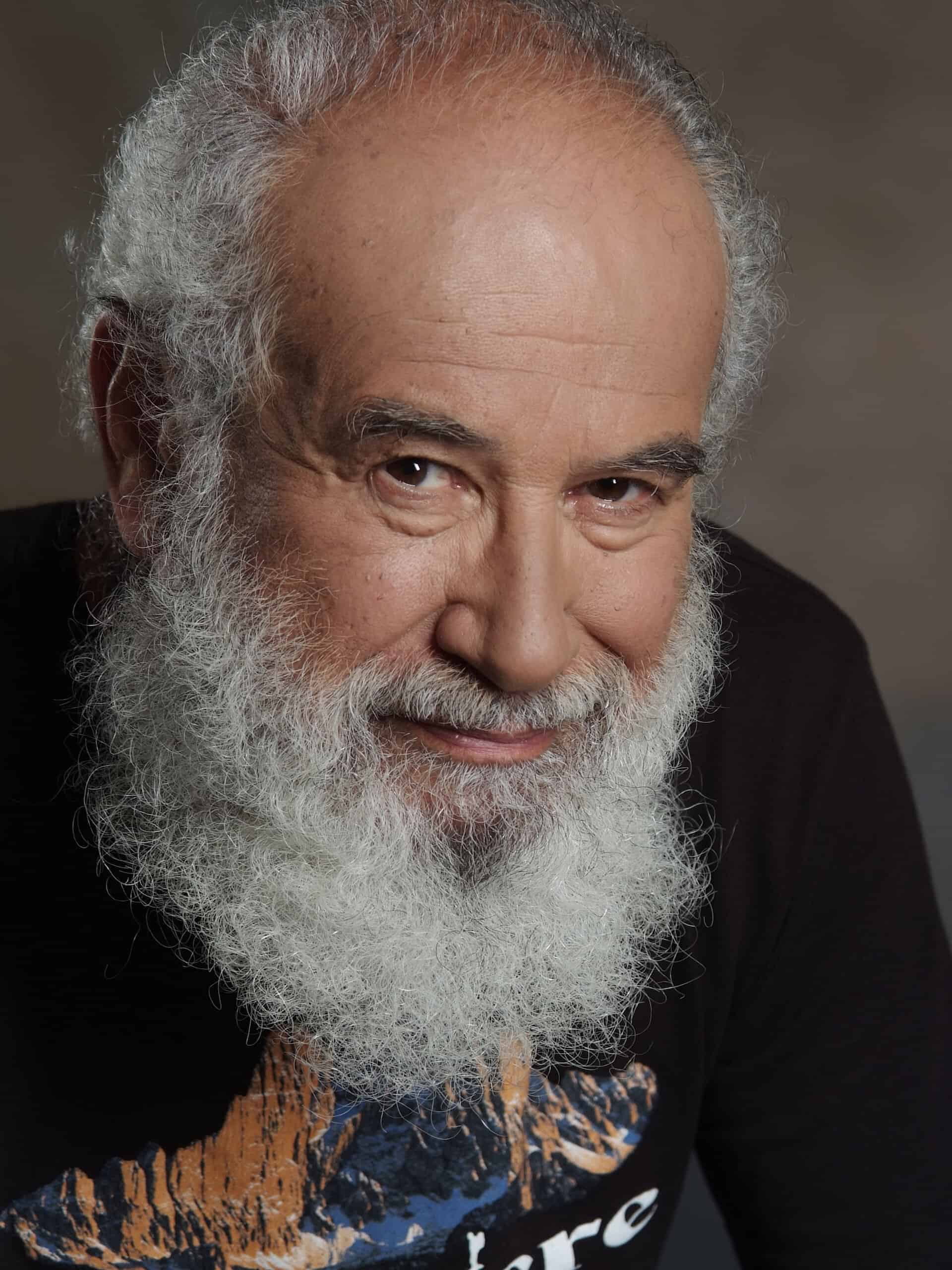
Water recycling helps save water
In Israel, 75 percent of the water consumed there is reused. According to the United Nations, the country thus holds the global record for water recycling, with a huge gap between it and its nearest rival. Spain, in second place, has a water recycling rate of 12 percent. This success is based on sophisticated filter and treatment technologies, which represent a large investment but have a great effect. In addition to treated industrial water and its technology, Israel’s drinking water has been produced mainly from seawater in recent years. Desalinated and processed. New energy and cost-saving processes are being developed at the Technion for these technologies.
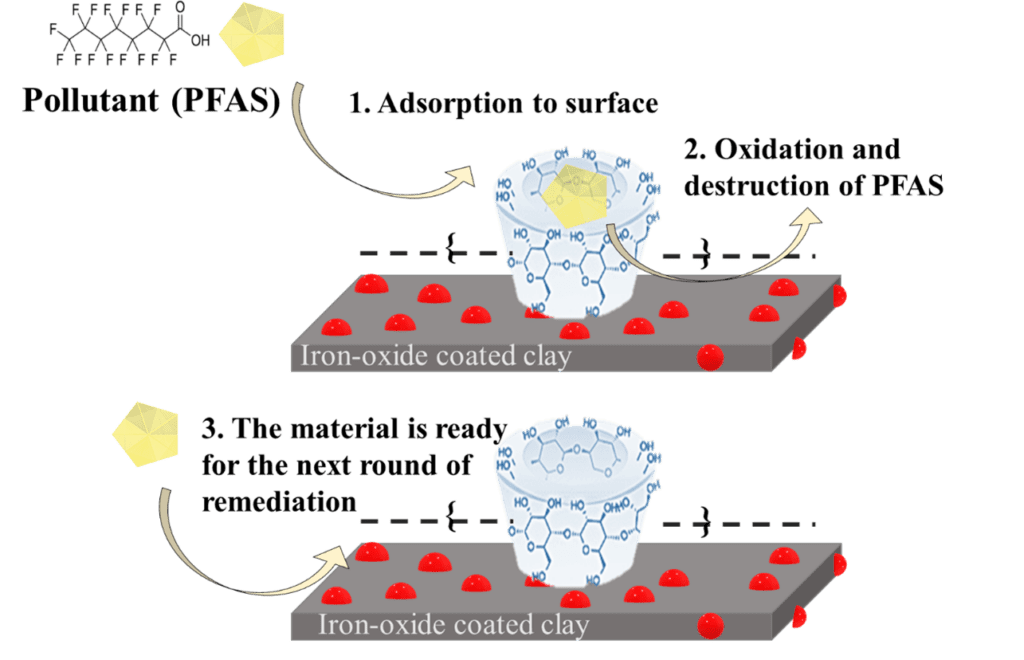
New ways to fight cancer
With small capsules to great effect: The volume of malignant tumors can be reduced by almost 90% and their weight by up to a good 80% if the medication reaches the tumors directly — using micro capsules with human stem cells that develop proteins themselves, which then prevent cancer growth. With conventional medication, these proteins are often combated as antigens in the body outside these capsules. The capsules ensure the oxygen required for replenishment as well as a sufficient supply of nutrients so that new proteins can take up the fight against cancer again and again. Professor Marcelle Machluf from the Department of Biotechnology and Food Engineering has developed and patented stem cell encapsulation.
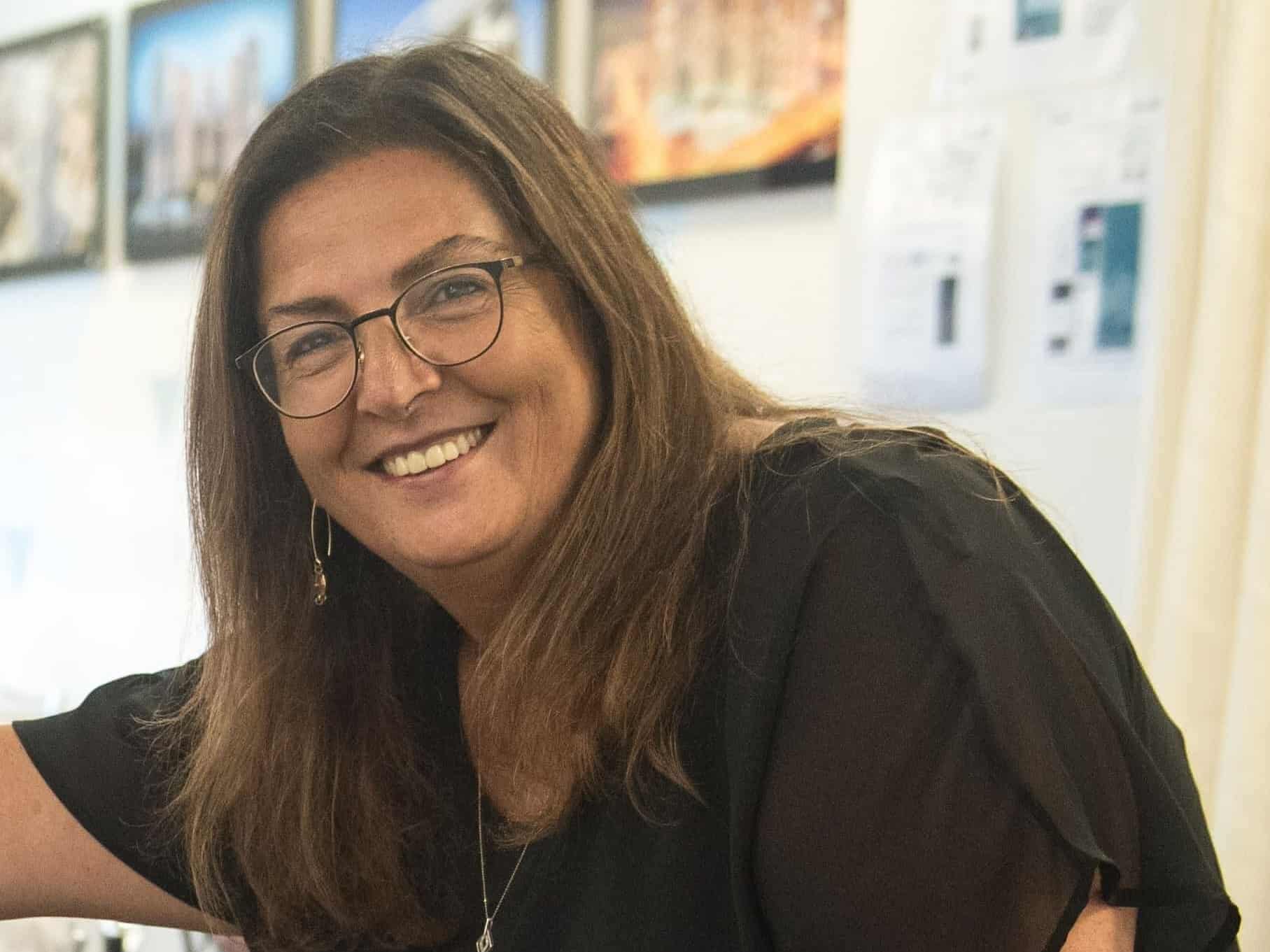
The USB stick
From data loss to USB sticks: Electrical engineer and Technion alumnus Dov Moran has often had to start from scratch during presentations due to computer crashes. He combined the existing memory card for digital cameras with a USB plug and had the solution in his hand: he called the intelligent helper “DiskOnKey”, which he developed with his company M-Systems and sold to the memory card manufacturer SanDisk a few years later for 1.5 billion US dollars.
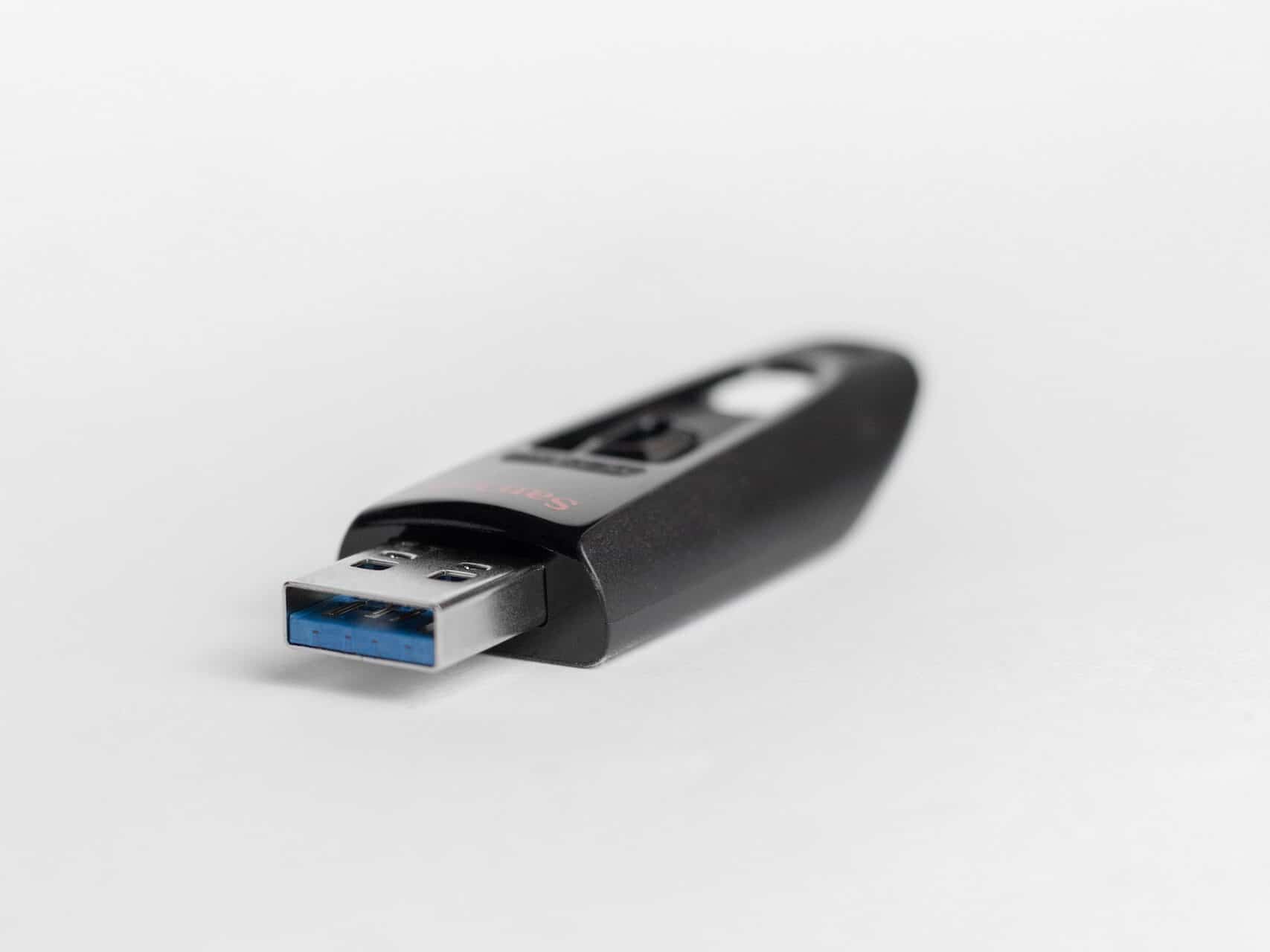
Intelligent missile defense
The “Iron Dome” short-range missile defense system was developed by the Rafael arms company to neutralize the missiles fired almost daily from Gaza into southern Israel. Thanks to intelligent control technology, the Iron Dome only destroys rockets and artillery shells in the air if they would cause damage on the ground, for example over residential areas. The almost operational system developed by a team of Technion engineers was used for the first time in 2014, when the projectiles from the Gaza Strip were reaching ever greater ranges. His “test run” did not take place, the first mission took place when Israel was attacked and was 100% successful.
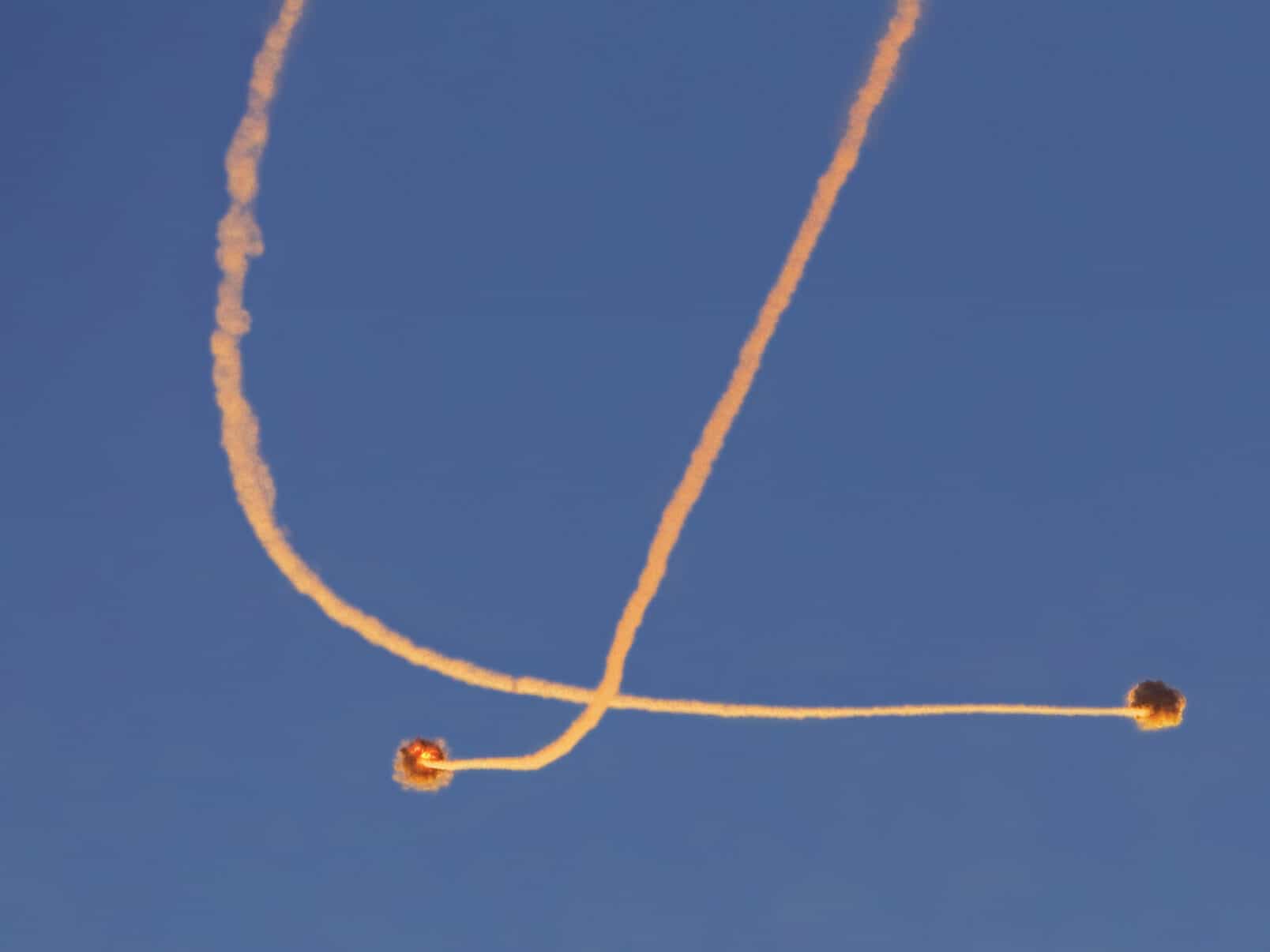
Camera for swallowing — from military to civilian use
Endoscopy without tubes became possible when the “Pillcam” conquered the market. In 2001, Given Imaging went public with Pillcam. Previously, its founder, Gavriel Iddan, a Technion graduate, had developed electro-optical missile guidance systems at the defense company Rafael. The technology, which has been converted for civilian use, records two images in the stomach and intestines every second for eight hours and sends them to a control station outside the body, making diagnoses easier for patients and doctors.
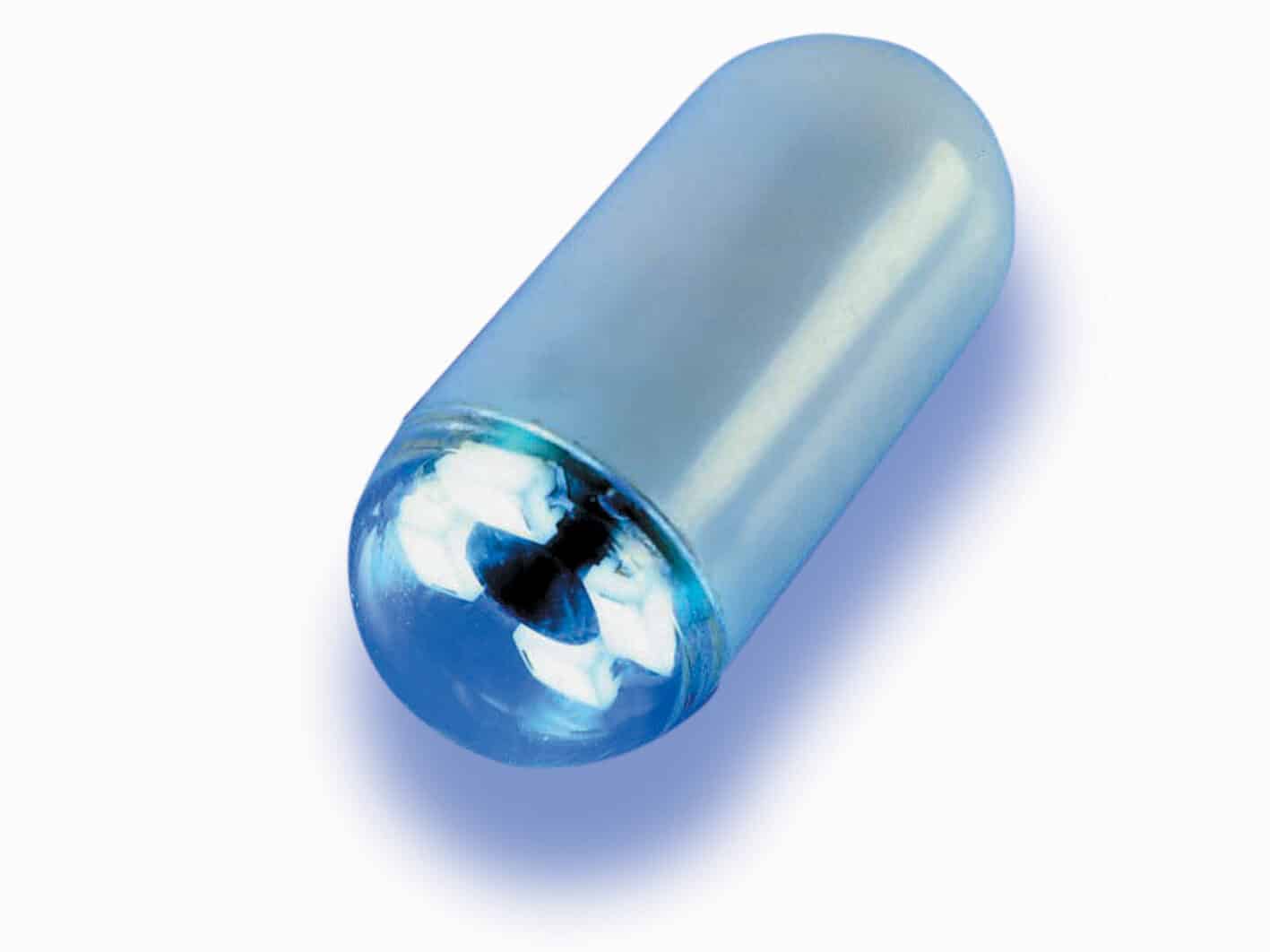
Google Search: Auto-Complete
Yoelle Maarek came to Haifa after completing her Master’s degree to write her doctoral thesis at the Department of Computer Science in 1989. She then worked at Google, which had opened its first research laboratory outside the USA in Haifa, and as head of the development department, created a system that automatically generates a series of search suggestions when individual letters are entered.
This happened at a time when the Internet was still in its infancy. Dr. Maarek then headed the research department at Yahoo for over eight years before moving to Amazon as Vice President.
In addition to her successful professional career, she has remained loyal to her alma mater and serves as a member of the Board of Governors and the Administrative Advisory Board of the Technion.
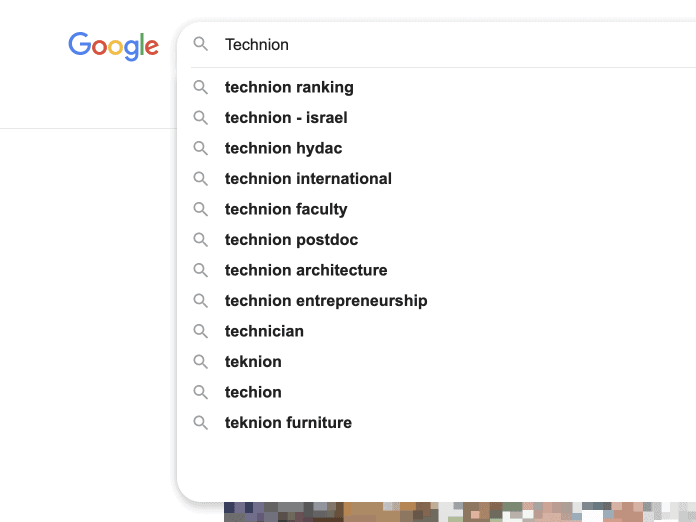
Back on an equal footing
The “Rewalk” exoskeleton has made it possible for paraplegics to get back on their own two feet. Amit Goffer, who refused to accept his paralysis caused by an accident, studied mechanical engineering at the Technion and developed a robot-driven exoskeleton that enables wheelchair-bound people to stand up, walk and even climb stairs. Radi Kaiuf even completed a half-marathon with it.
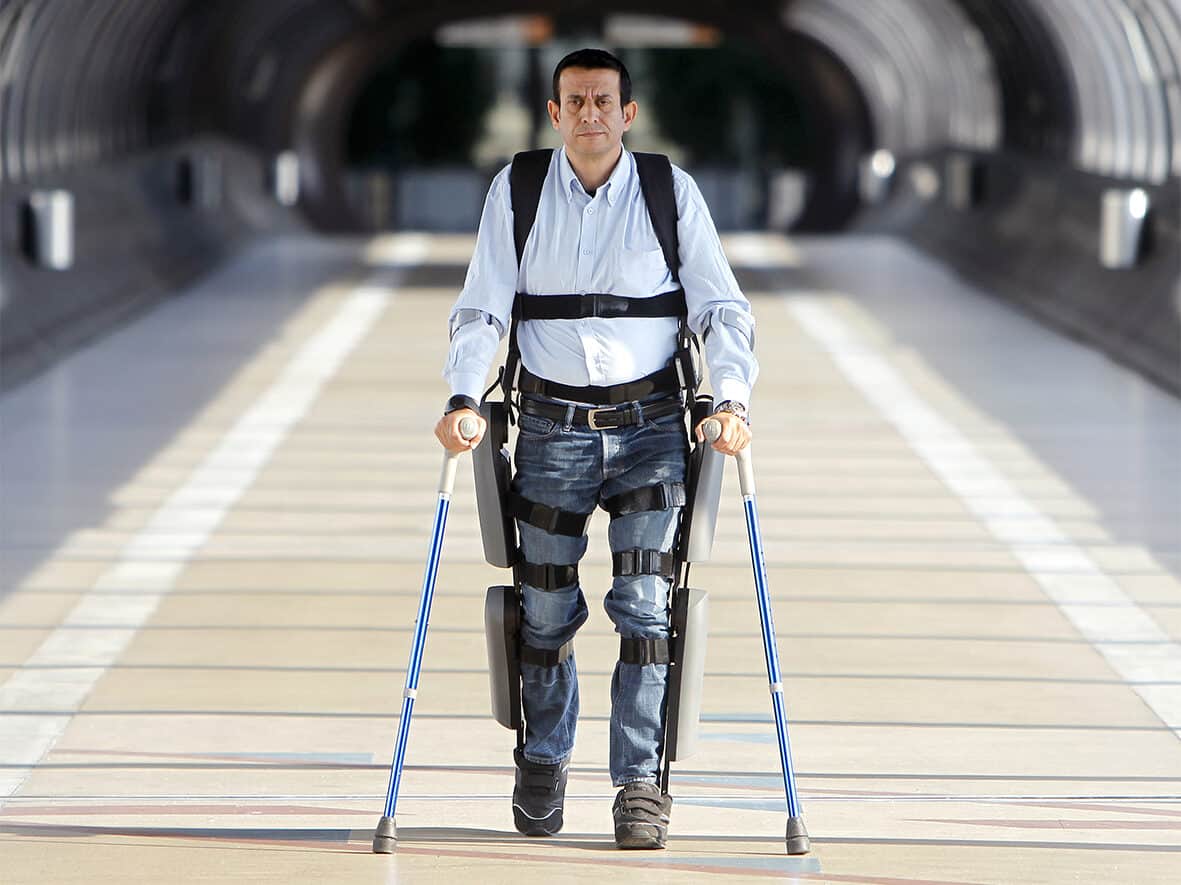
Mini robots in the bloodstream
The ViRob is only four millimeters long, but is one of the really big ones: It can be controlled remotely and moves through the human bloodstream without causing any damage, sending photos from there or penetrating tumor tumors to administer chemotherapy drugs in a targeted manner. Under the direction of Prof. Moshe Shoham, who teaches mechanical engineering and robot technology at the Technion, the mini-robot was developed in his start-up company Mazor. A modification of the technology cleans the Schrund in patients with hydrocephalus, thus avoiding the otherwise necessary open head surgery.
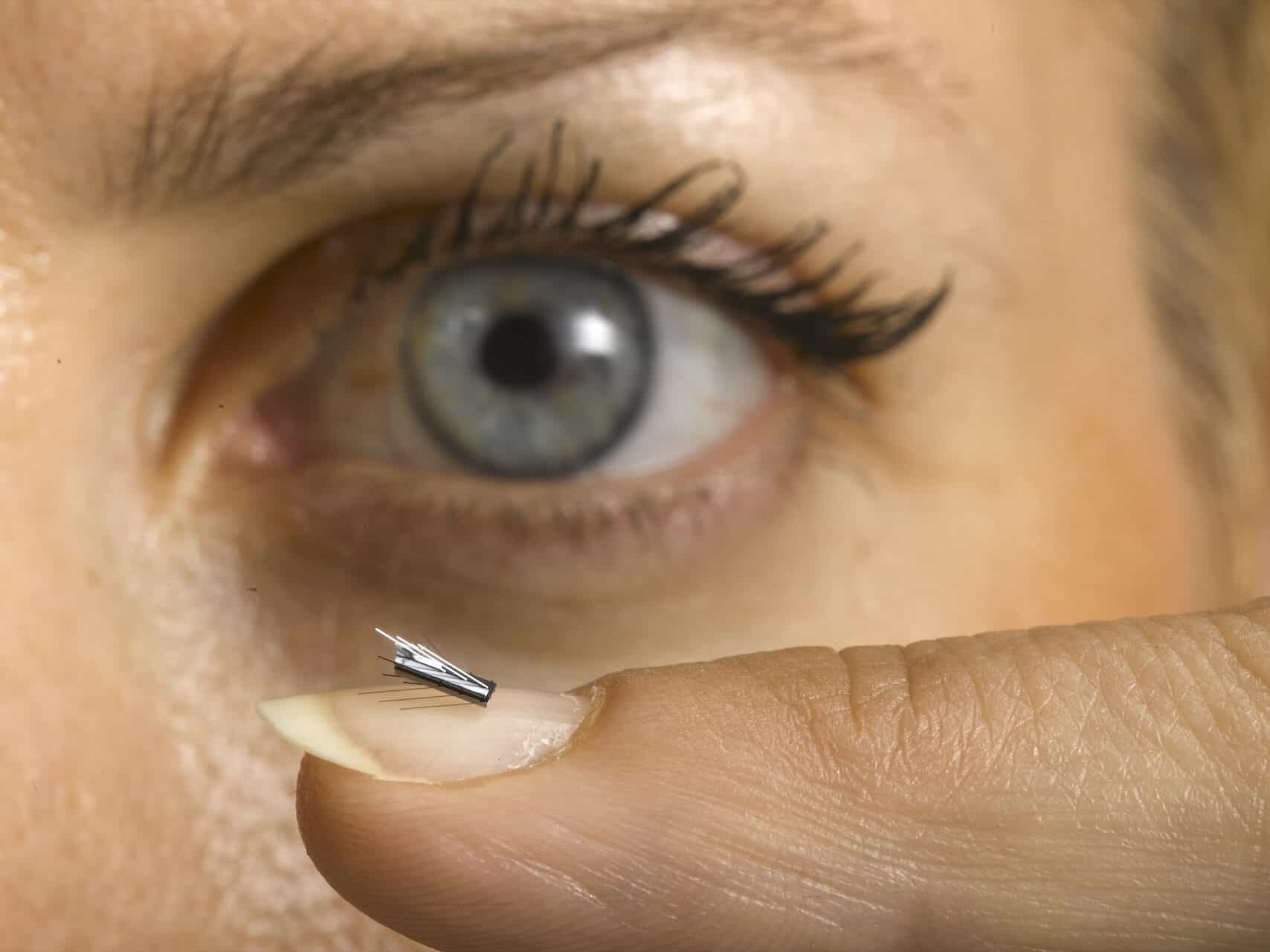
NaNose
Hossam Haick is a young Arab professor in the Department of Chemical Engineering at the Technion who has developed an artificial nose based on nanotechnology. With the help of the so-called “NaNose”, cancer components can be detected in human breath. A further development of his system is to be used not only for cancer diagnosis but also for the detection of Parkinson’s, Alzheimer’s and kidney diseases.
Jews, Christians, Muslims and secular work together in Hossam Haick’s laboratory, a total of 42 scientists from nine different disciplines and half a dozen countries. Due to the interdisciplinary nature of the research, the scientists initially had no common language in which to communicate. It was not the different home languages that had to be overcome, but the different scientific expressions of, for example, natural scientists with mechanical engineers and medical doctors.
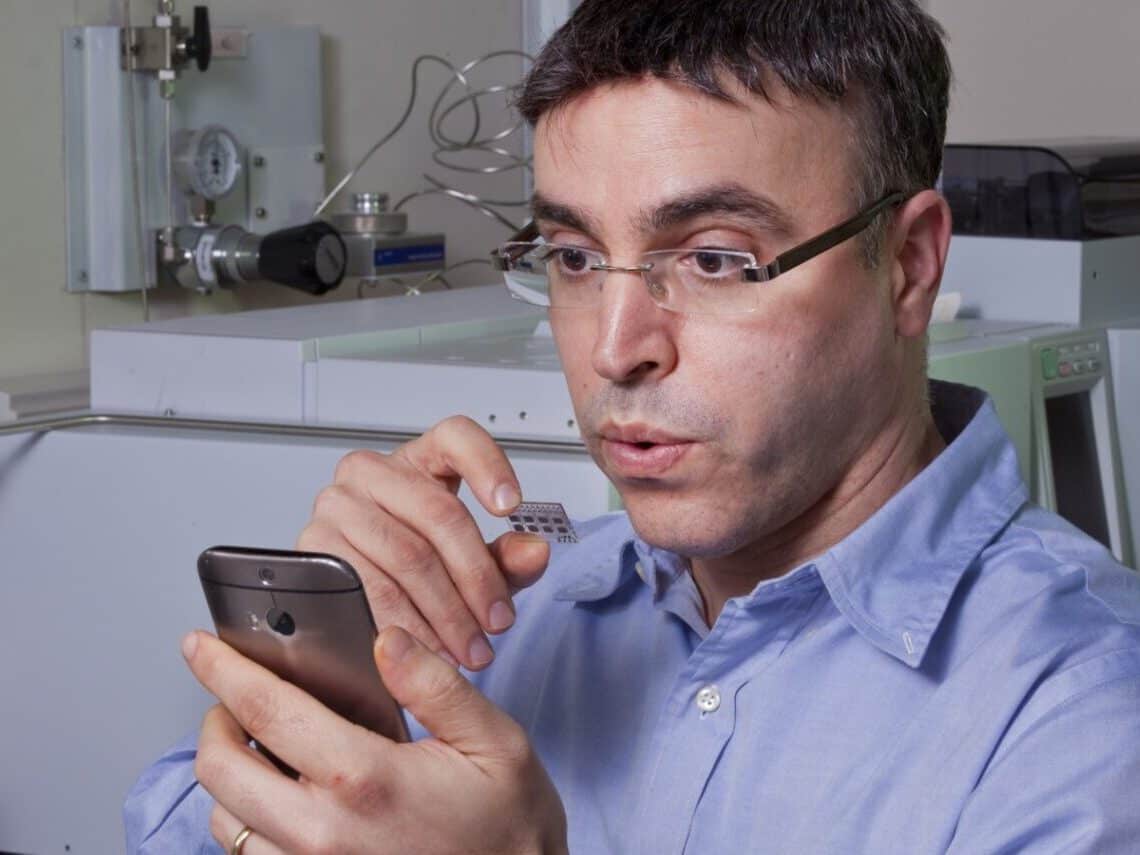
Drip irrigation
Raphael Mehoudar, a young mechanical engineering student who graduated from the Technion in 1966, has held numerous patents for drip irrigation and its innovative developments since 1980. Mehoudar had already helped develop the system as a young soldier, and then standardized and expanded it with his knowledge as a mechanical engineer.
In 1972, the company Netafim became aware of him. He has constantly updated his innovations for these and adapted them to all areas of application. The company Netafim sells the system worldwide and helps not only to save water and fertilizer costs, but also to increase harvest volumes. In Germany, the tubes with small holes are used not only in vegetable production but also in viticulture. Water is delivered locally and in targeted quantities to the roots of the plants through the small hose openings.
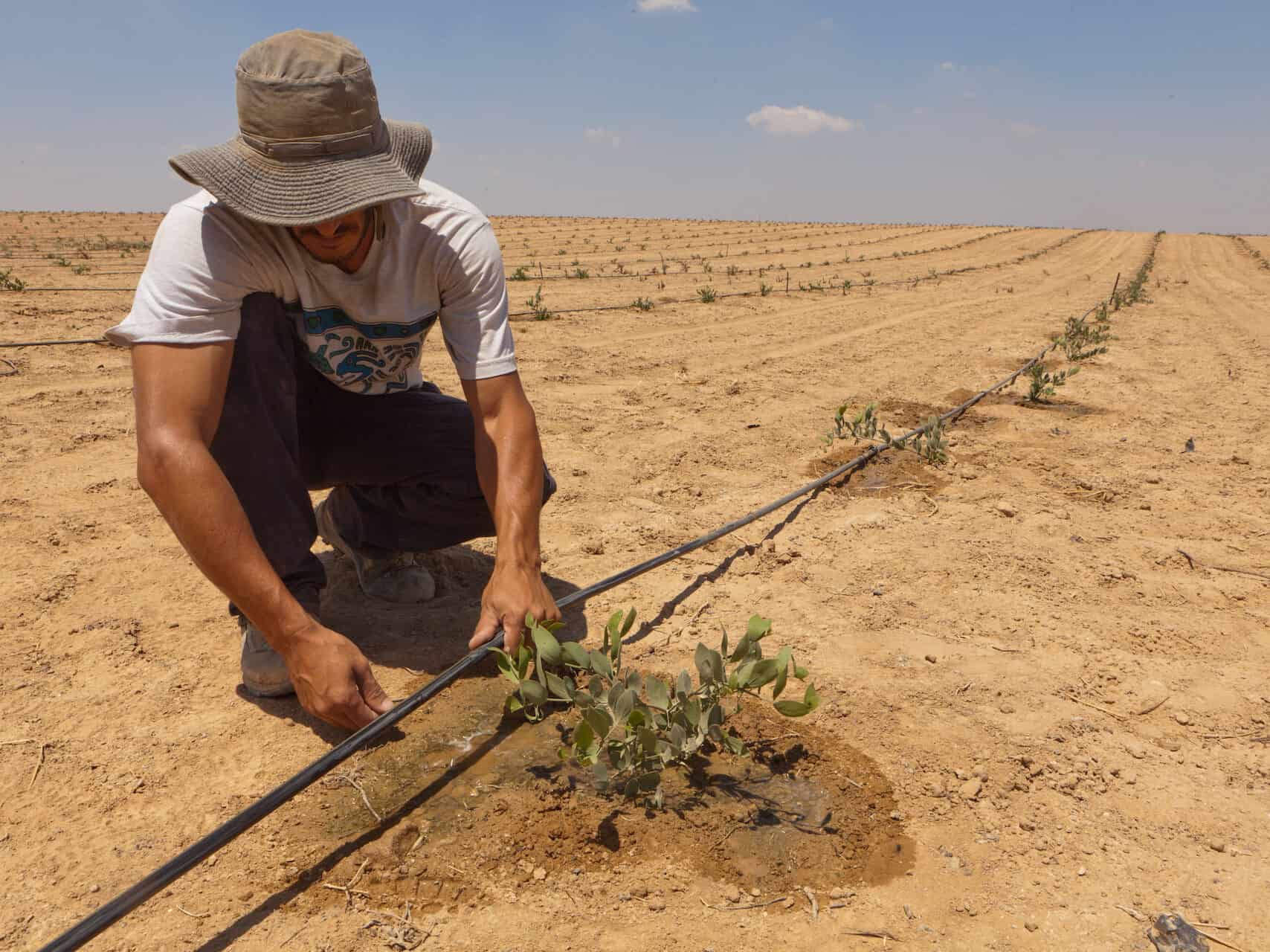
Data compression: ZivLempel algorithm
Data compression is based on the invention of Technion professors Abraham Lempel (computer science) and Jacob Ziv (electrical engineering), which was further developed by Terry Welch and others.
The Ziv-Lempel algorithm is the basis for all PDF, GIF, and TIFF documents. Today, it is once again playing an important role in image transmission. Without the Ziv-Lempel algorithm, for example, downloading or sending photos from space would take so much time that the data transfer would be interrupted during transmission. The image and print documents are also a constant relief and energy saver in everyday office life.
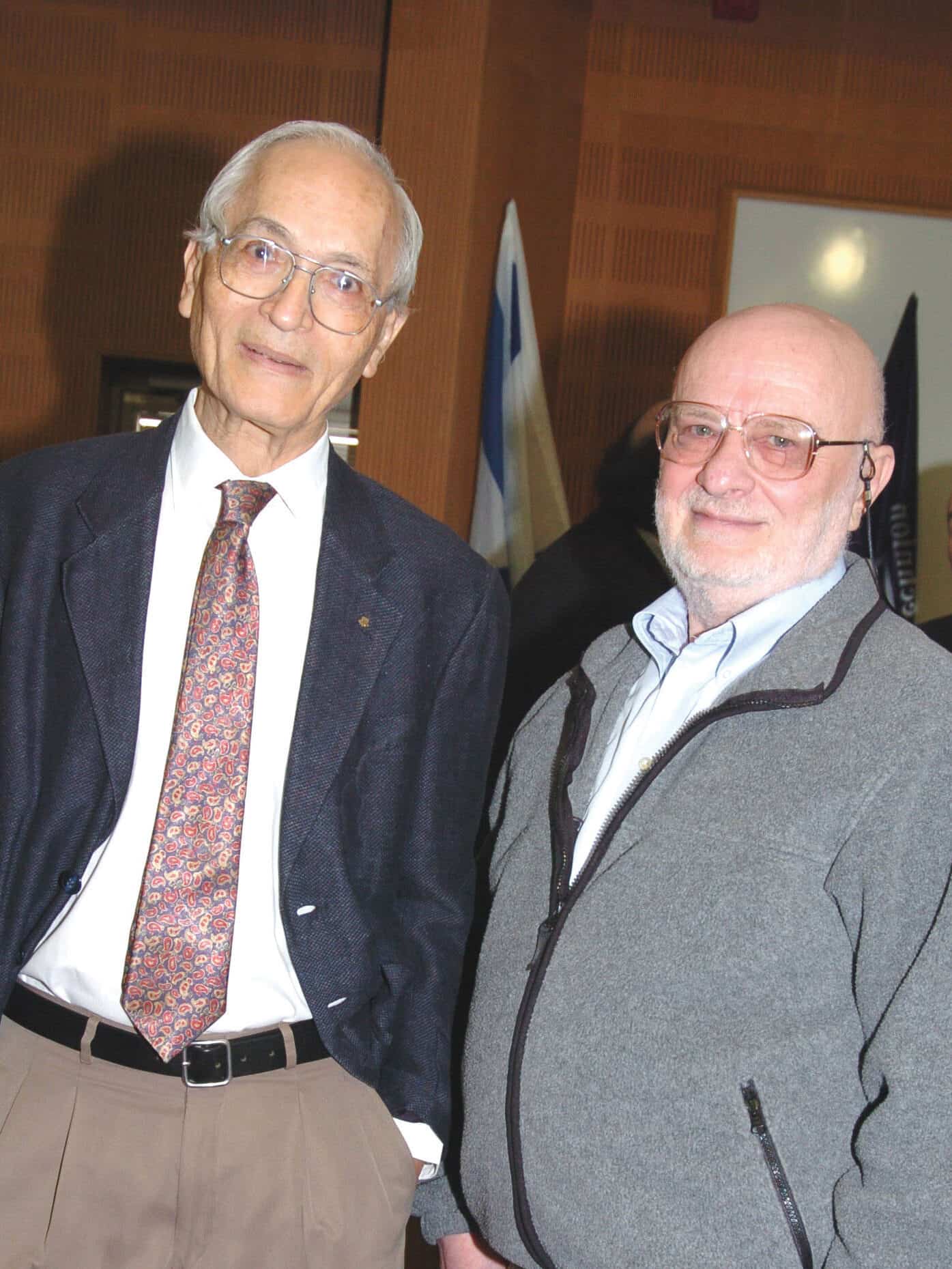
Parkinson’s drug
In the 1970s, medical professors John Finberg and Mussa Youdim at the Technion developed a drug called Resagiline, which prevented the death of neurons in the human brain. With the help of these findings, Alzheimer’s and Parkinson’s research was intensified, and clinical research funded by TEVA was carried out.
The result was the Azilect product. The initial hope for many sufferers worldwide turned out to be an effective drug for Parkinson’s disease. Used shortly after the onset of the disease, it is particularly effective, as well as an additional medication for standard medications.
